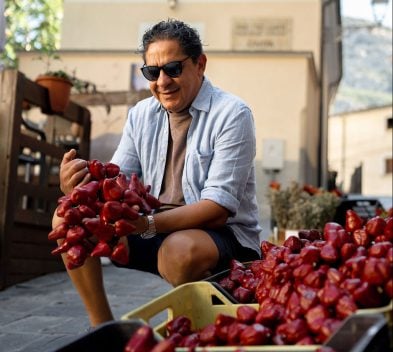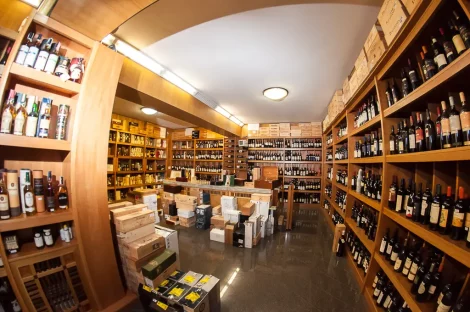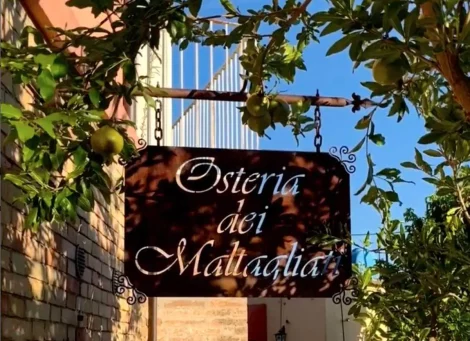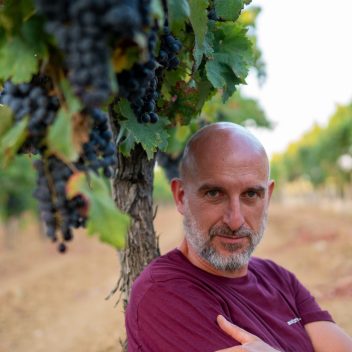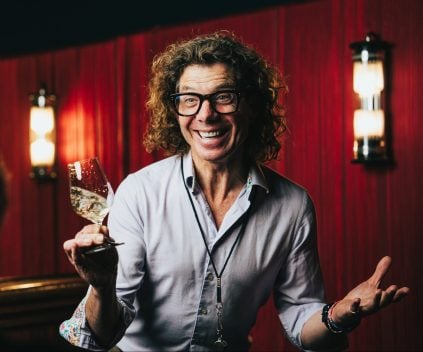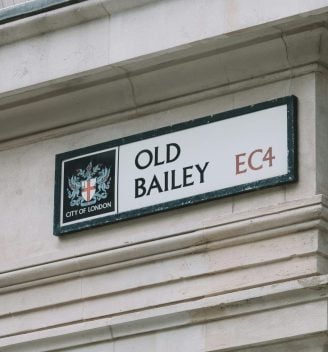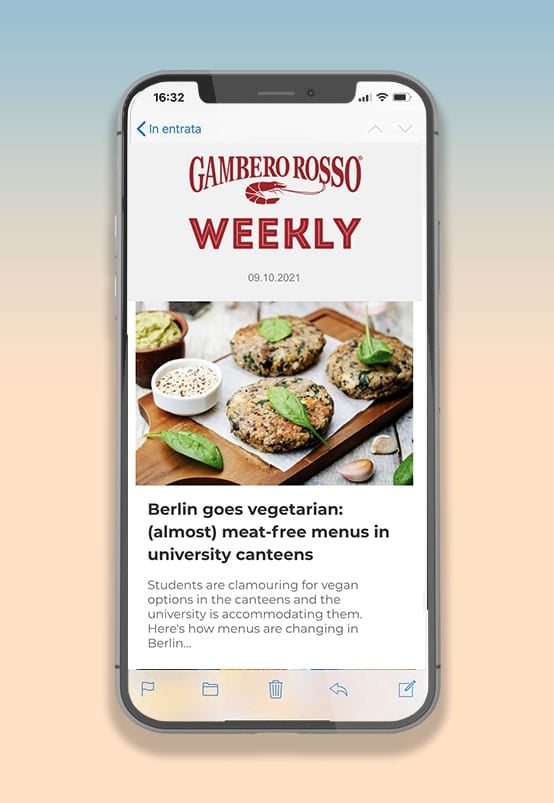Fine dining and a tribute to Campanian and Roman flavors. Alfonso D’Auria describes his cuisine as “an innovation of tradition”. Having become Executive Chef at the Follie restaurant, at the luxury resort Villa Agrippina Gran Melià, in the spring of 2024, he took the helm with a personal vision for the menu.

Born in Pimonte, just a few kilometers from Gragnano, he began his career and training at the renowned Don Alfonso restaurant and gained experience in Macau, China, and Miami, USA. These international experiences enriched and shaped his perspective on food and cooking, which he defines as “inclusive.” “Villa Agrippina welcomed me, and in its kitchens I grew both personally and professionally. In 2023, we opened Follie with Luciano Monosilio as head chef. Now that I lead the restaurant, I feel a different kind of maturity—one suited to such an important challenge,” says chef D’Auria.
What was it like transitioning to the role of Executive Chef?
It was a very natural transition. I was a station chef for a long time, then sous-chef. These roles taught me a lot. My responsibilities have increased—like creating the menu and managing the restaurant—but I’ve learned a great deal over the years.
How would you describe your cuisine?
My dishes reflect my Campanian roots but also Roman tradition. It’s a cuisine based on local ingredients, where waste is minimized. It has to be not only delicious, but also sustainable.
In what way?
Take artichokes, for example. Usually, when cleaning them, a lot of waste is produced. But I try to reuse those scraps to create a licorice sauce or an artichoke mayonnaise. I manage to use about 95% of the product.
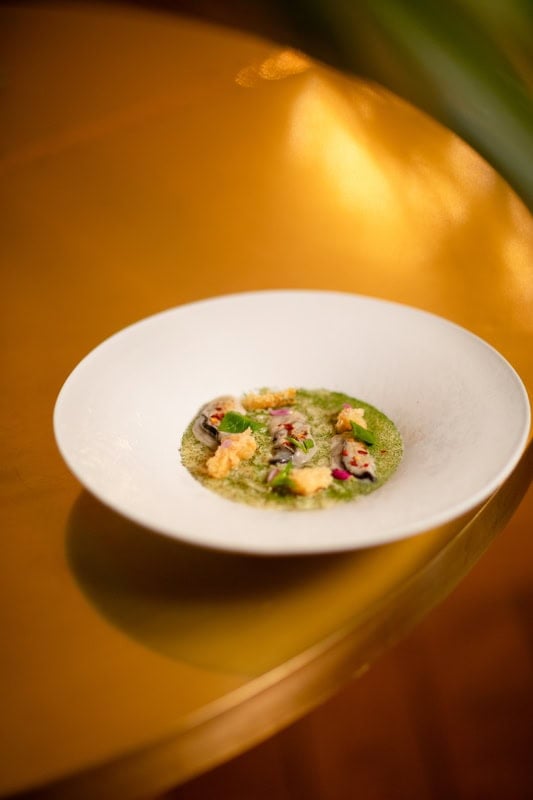
So, a cuisine that doesn’t tolerate waste...
Absolutely. What is often thrown away can actually be a fantastic ingredient. For example, fish heads—which are usually discarded or used only for broths—I use them to make a terrine flavored with spices and Mediterranean herbs. People often forget that fish cheeks are among the tastiest parts.
You also describe your cuisine as “inclusive.” What do you mean by that?
The starting point is Mediterranean flavors, my Campanian roots, and Roman culinary tradition. But it’s more of a base for drawing from my experiences and creating unique dishes.
For example?
An "Amatriciana Ramen": I take the traditional recipe and deconstruct it, reimagining it. Using a guanciale-based broth, I create a dish that tastes like a true Amatriciana, even if it doesn’t look like the classic Roman version.
A cuisine meant to surprise the guest?
Yes, but also to innovate tradition. Another dish is Gragnano risoni with pesto—you expect a green-colored dish, but it arrives completely white, though it tastes like pesto. It’s made with a basil base cooked at low temperature for two days. Or savory sfogliatelle stuffed with lamb, provolone cheese, and sweetbreads. My vision of Italian cuisine is one that can also stretch into other traditions.
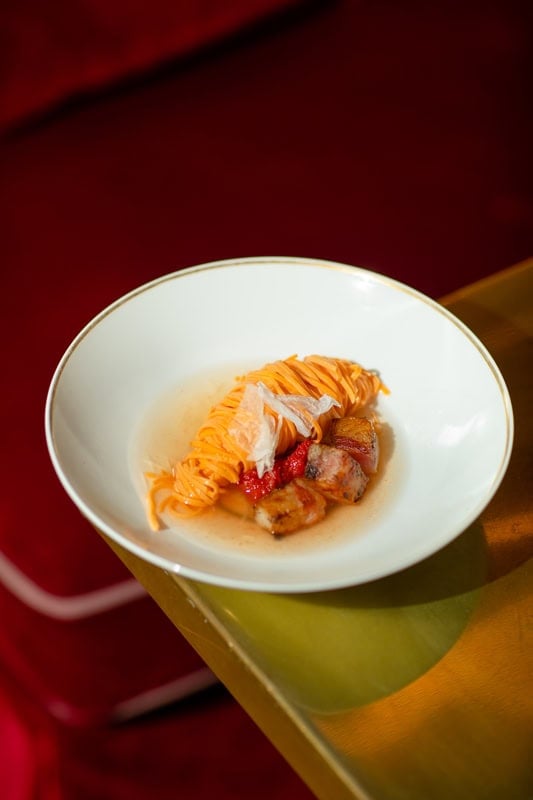
Do you think fine dining is in crisis?
There’s definitely a bit of a crisis. I think we need to move toward more accessible cuisine. The goal should be to make flavors better known and appreciated, while considering customers’ needs and preferences. We have an international clientele, and many aren’t fans of seafood. I’ve adapted to their tastes without straying too far from my concept of cuisine and the menu.
How do you view the Roman restaurant scene?
Very diverse. There’s everything—you can find local, international, contemporary, or classic cuisine. It’s a vibrant scene.
And Italian cuisine in general? What direction should it take?
First of all: seasonality. There’s no point in using zucchini in December. Then, respect for ingredients. In that sense, I follow the philosophy of Don Alfonso. Sometimes people overdo it trying to go above and beyond, but it’s not necessary. A little is enough to bring out the flavor of a good product. And it’s not just about presentation—what really matters is taste.
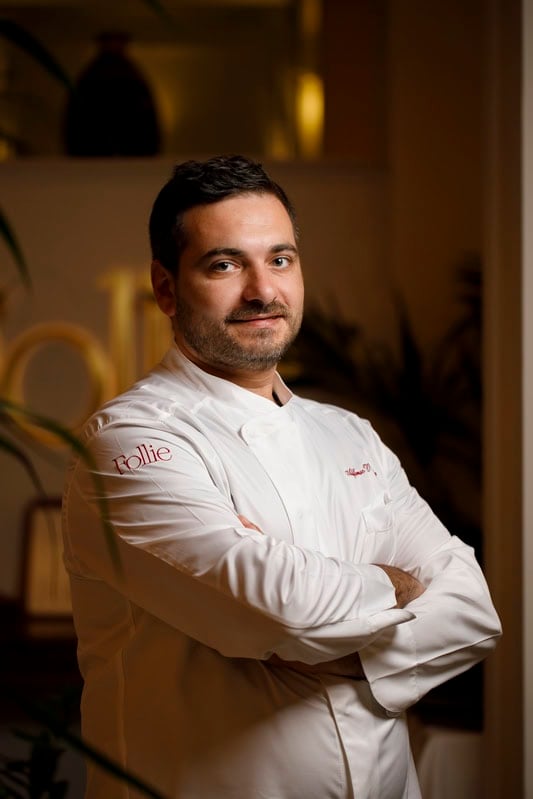

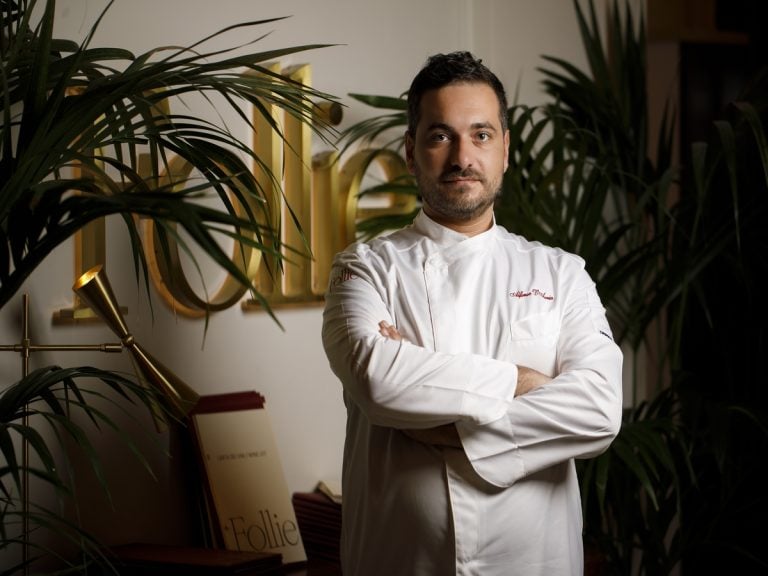
 The social media star resurrecting Italy's forgotten culinary classics
The social media star resurrecting Italy's forgotten culinary classics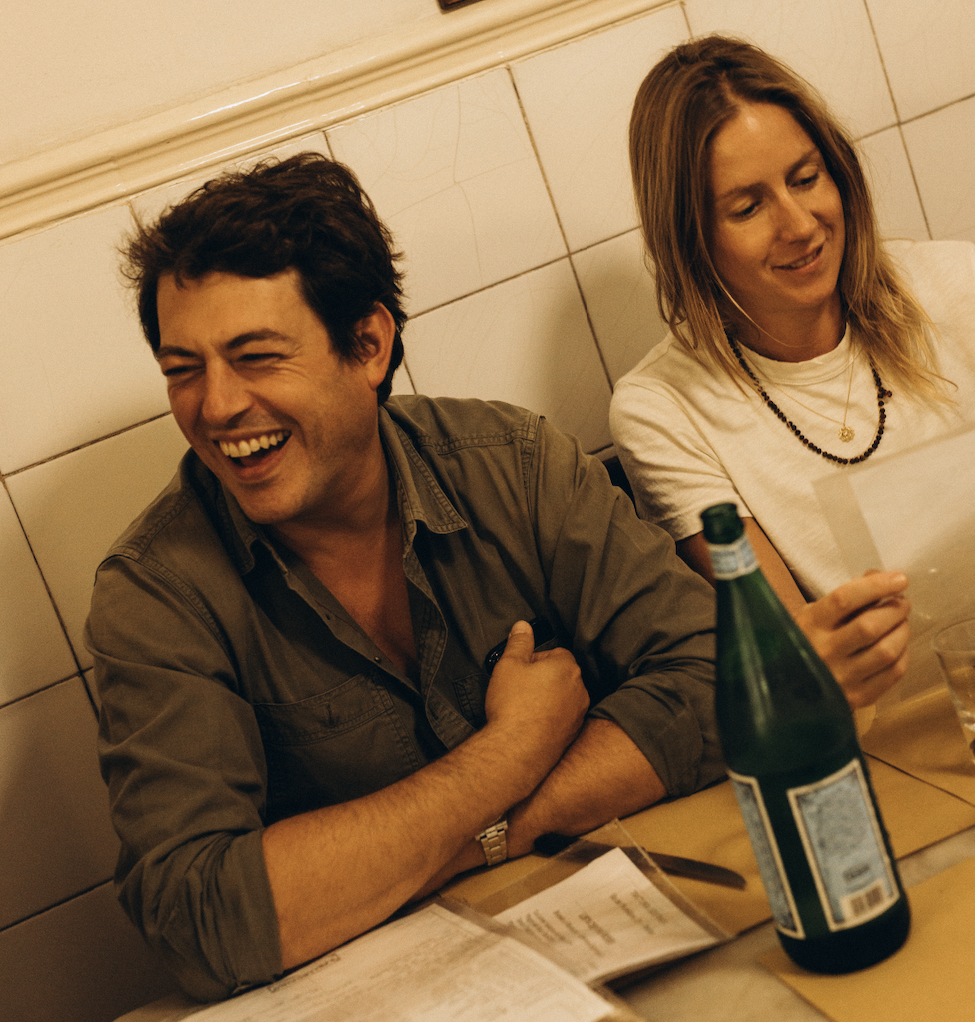 Giovanni Mazzei brings a taste of Florence to London
Giovanni Mazzei brings a taste of Florence to London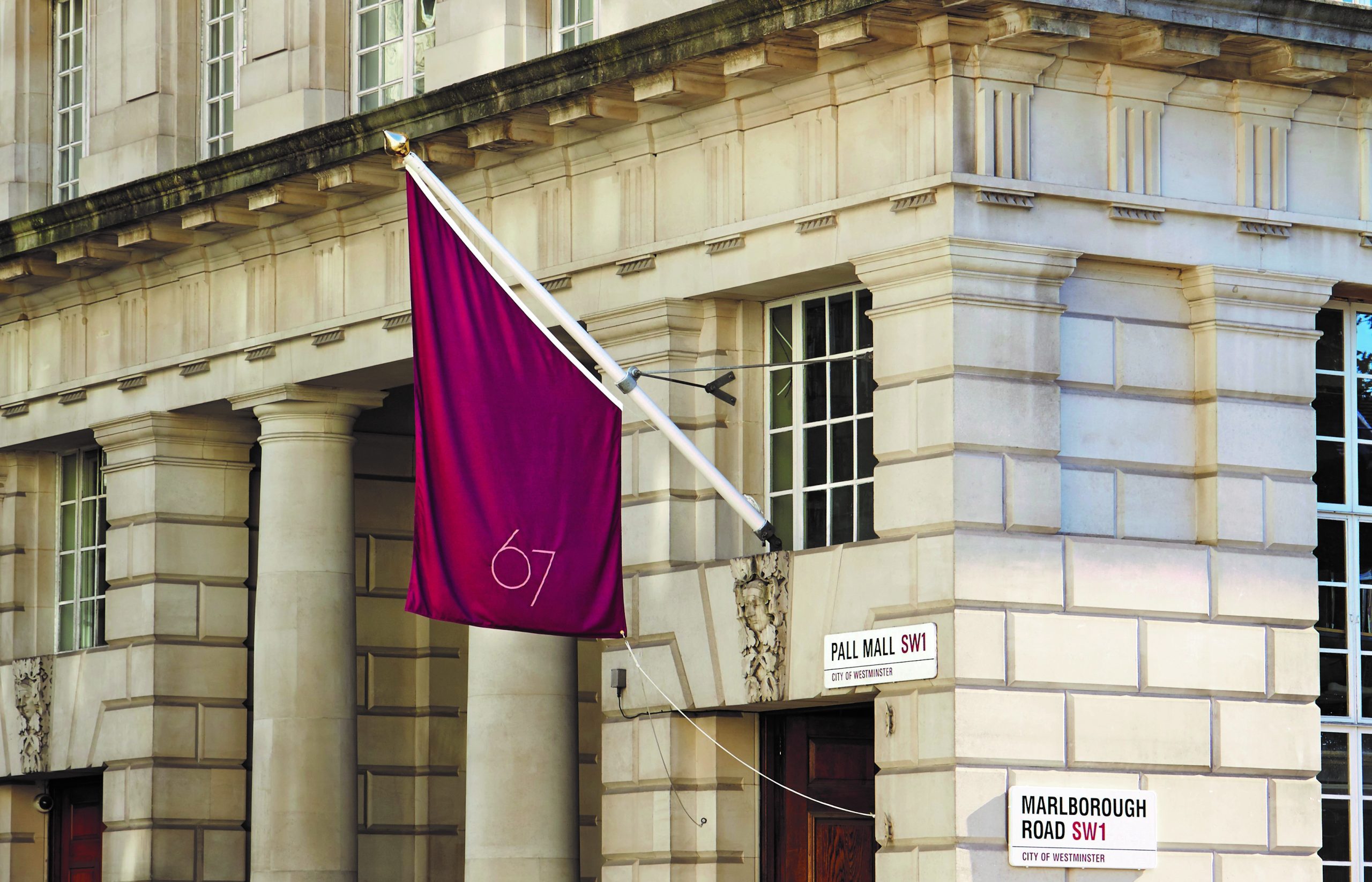 Burgundy dominates but Italy is rising: a look at London's fine wine trends
Burgundy dominates but Italy is rising: a look at London's fine wine trends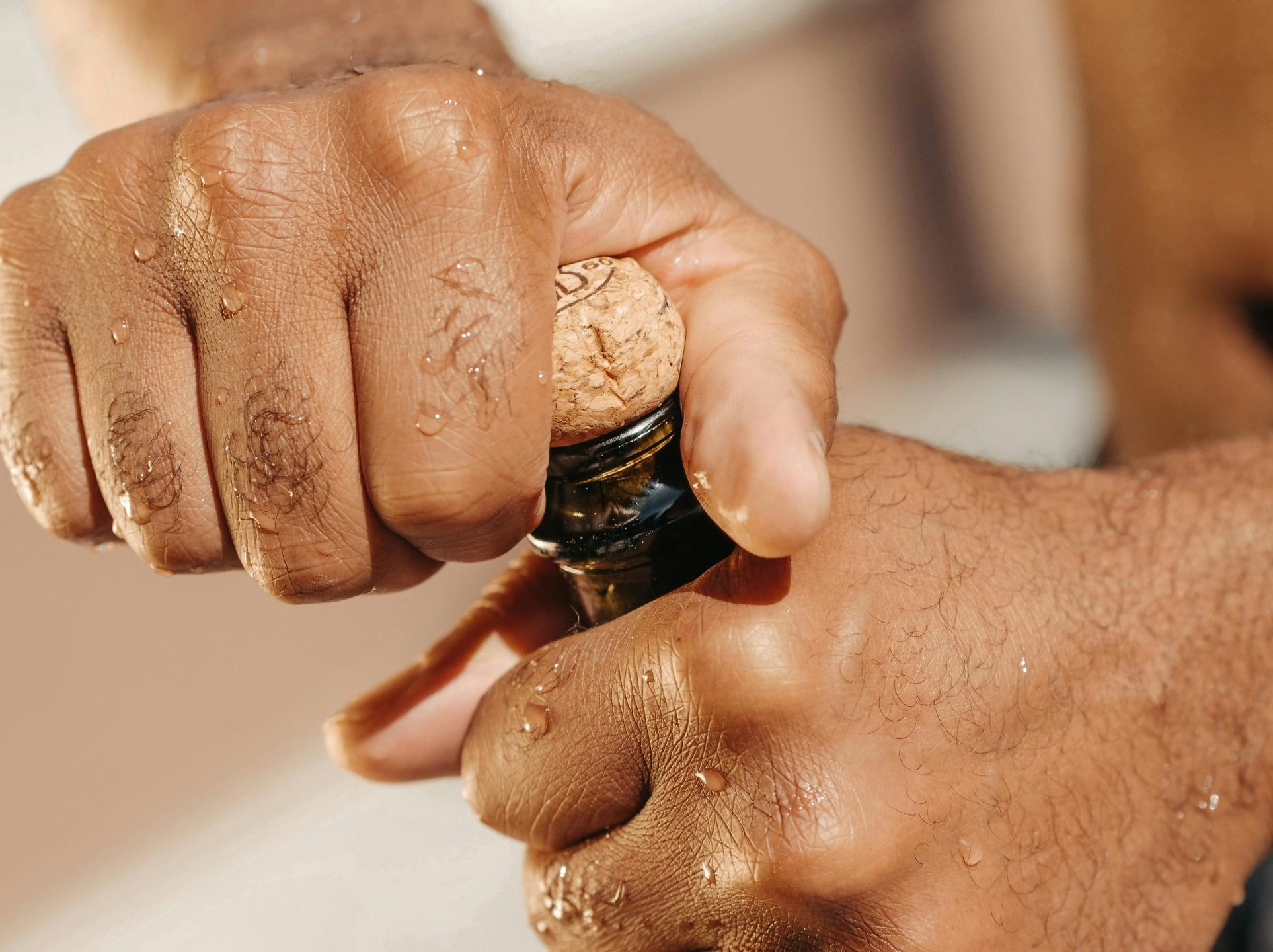 Costco Prosecco recalled over exploding bottle fears
Costco Prosecco recalled over exploding bottle fears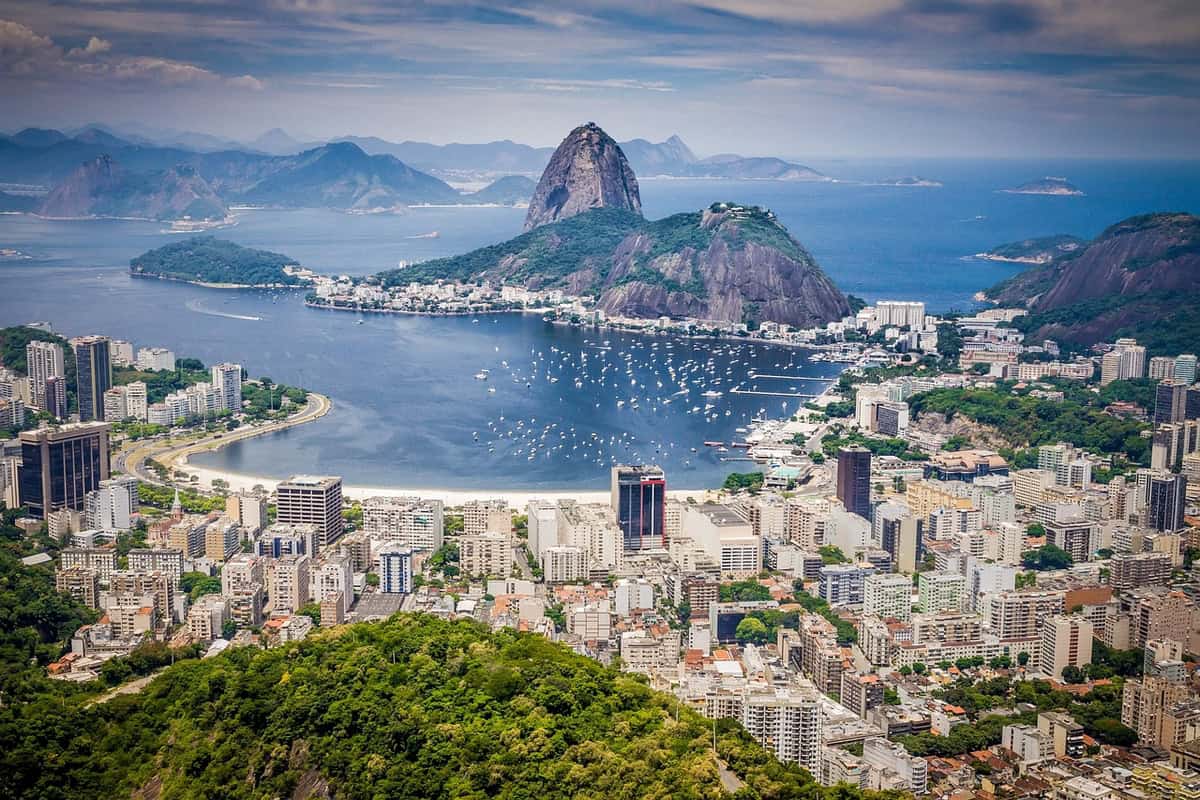 The Consorzio Vino Chianti heads to Brazil: “An attentive public and a dynamic market”
The Consorzio Vino Chianti heads to Brazil: “An attentive public and a dynamic market”